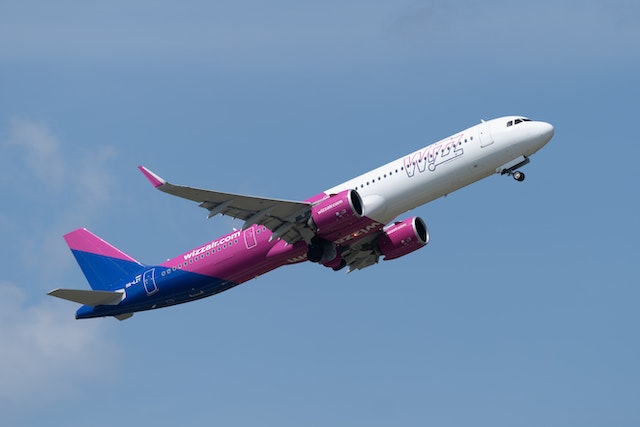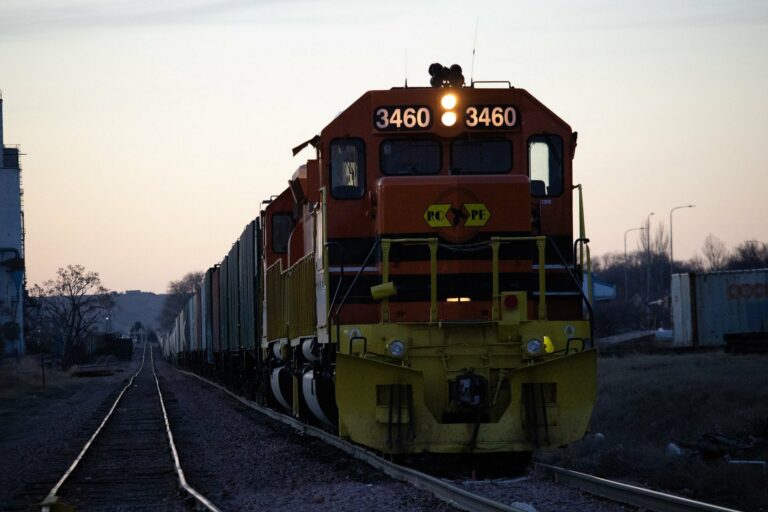Cities have always been shaped by the way people move through them. From horse-drawn carriages to streetcars, buses, and cars, every evolution in transport has altered the rhythm and structure of urban life. Today, cities around the world are entering a new era — one defined by smart, sustainable, and interconnected mobility solutions. Driven by advances in technology and the growing urgency of climate change, the future of urban transport looks dramatically different from anything we’ve seen before.
As populations grow and infrastructure ages, traditional transportation systems are being stretched beyond capacity. Congestion, pollution, and inefficiencies are pushing urban planners, technologists, and policymakers to rethink how cities can move people and goods more effectively. The result is a wave of innovation that promises to reshape the urban landscape — making travel safer, greener, and more adaptive to human needs.
Electric Mobility on the Rise
One of the most visible trends in modern cities is the rapid rise of electric mobility. Electric vehicles (EVs) are becoming increasingly common not just among private car owners but also in public transit fleets. Buses, taxis, and municipal vehicles are going electric to reduce emissions and operating costs.
Charging infrastructure is expanding rapidly, and some cities are exploring wireless charging stations embedded in roads. In places like Oslo, Shenzhen, and Amsterdam, electric buses now dominate urban routes. Micromobility options — such as electric scooters and bikes — are also growing, offering zero-emission alternatives for short distances.
Electrification is more than a sustainability trend; it’s a practical solution for cleaner air and quieter streets. Cities that invest in electric fleets not only meet climate goals but also improve the quality of life for residents.
Mobility-as-a-Service (MaaS)
A shift is underway from owning vehicles to accessing transportation as a service. Mobility-as-a-Service, or MaaS, is a model that integrates different forms of transport — buses, trains, ride-hailing, bikes, and scooters — into a single digital platform.
With MaaS apps, users can plan, book, and pay for an entire multi-modal journey through one interface. Instead of needing several tickets or apps, a commuter could, for example, rent a bike to the train station, take a train, and then use a ride-share service to reach their final destination — all managed through one service.
This kind of integration is already being tested in Helsinki, Vienna, and Singapore. By streamlining the transport experience, MaaS encourages people to choose public or shared transportation over personal vehicles, easing traffic and reducing emissions.
The Role of Artificial Intelligence and Data
Artificial intelligence (AI) and real-time data analytics are becoming central to how cities manage traffic and transport systems. AI is used to optimize traffic signals, predict congestion, and coordinate the flow of buses and trams. Some systems use machine learning to adapt traffic lights based on changing patterns throughout the day.
Data collected from GPS, mobile apps, and vehicle sensors helps urban planners understand how people move and where bottlenecks occur. With this insight, cities can redesign roads, improve bus routes, and allocate infrastructure investments more efficiently.
Smart traffic systems in cities like Los Angeles and Barcelona are already showing results, including shorter travel times and fewer accidents. These technologies will become even more essential as cities expand and mobility becomes more complex.
Autonomous Vehicles and the Road Ahead
Self-driving cars and shuttles are another area of rapid development. Though fully autonomous vehicles are still being tested and refined, some cities have started pilot programs with autonomous buses and delivery robots.
In places like Phoenix, Arizona and Seoul, South Korea, autonomous taxis are already operating under controlled conditions. These vehicles have the potential to revolutionize transport for the elderly, people with disabilities, and those in transit deserts.
However, widespread adoption will depend on legal frameworks, public trust, and infrastructure upgrades. Cities will need to prepare for a future where roads are shared by both human and machine drivers.
Micromobility and Last-Mile Solutions
Electric scooters, bikes, and compact urban vehicles are becoming key players in last-mile transport — the segment between transit hubs and final destinations. These modes offer flexible and affordable travel, especially in dense areas where cars are impractical.
Many cities now support dockless bike and scooter sharing systems, allowing users to pick up and drop off vehicles anywhere. This convenience encourages adoption but also presents challenges in regulation, parking, and safety.
To address these, cities like Paris and San Francisco are developing designated lanes and parking zones for micromobility, ensuring these tools enhance rather than hinder public spaces.
Sustainable Urban Logistics
It’s not just people who need to move efficiently through cities — goods do too. Urban freight is a major contributor to congestion and emissions. New technologies are helping streamline deliveries through electric cargo bikes, autonomous delivery bots, and smart lockers.
Some cities are creating logistics hubs on the outskirts, where deliveries are consolidated and then dispatched into the city in smaller, cleaner vehicles. This reduces traffic and improves air quality in crowded urban cores.
In places like London and Berlin, cargo e-bikes are now a regular sight, zipping through bike lanes and delivering everything from groceries to office supplies.
Reimagining Infrastructure and Public Space
New transportation technologies are not just changing how we move — they are reshaping the physical city. As car ownership declines and shared mobility increases, urban planners are rethinking the need for parking lots, wide roads, and gas stations.
Some cities are converting parking spaces into parks, outdoor cafes, or bike lanes. Others are creating car-free zones in downtown areas. These changes signal a shift in values — from car-centric design to human-centered urban environments.
Technology enables this transformation, but it’s also driven by a desire to make cities more livable, equitable, and environmentally sustainable.
The Human Factor
Technology alone cannot create smarter cities. Success depends on how well new mobility systems serve the needs of residents. Inclusivity, accessibility, and affordability must guide innovation.
Cities must involve communities in planning, ensure access for low-income and marginalized groups, and design systems that are intuitive and safe for all.
Training, education, and public awareness are also key. People must understand how to use new tools and trust that their data and safety are being respected.
Conclusion
The future of urban mobility is unfolding right now — not in theory, but in pilot programs, infrastructure upgrades, and innovative services around the world. Cities that embrace these changes thoughtfully are likely to become healthier, more dynamic, and better connected.
From electric buses and AI-powered traffic control to scooter sharing and mobility platforms, transportation is no longer about moving faster — it’s about moving smarter. And in the process, it’s reshaping the very essence of urban life.






